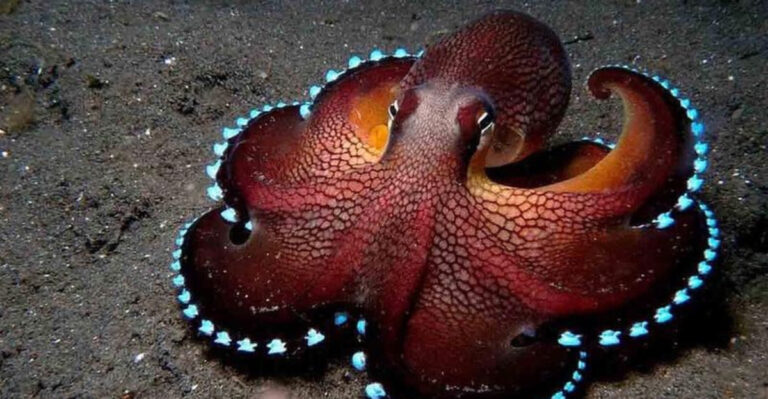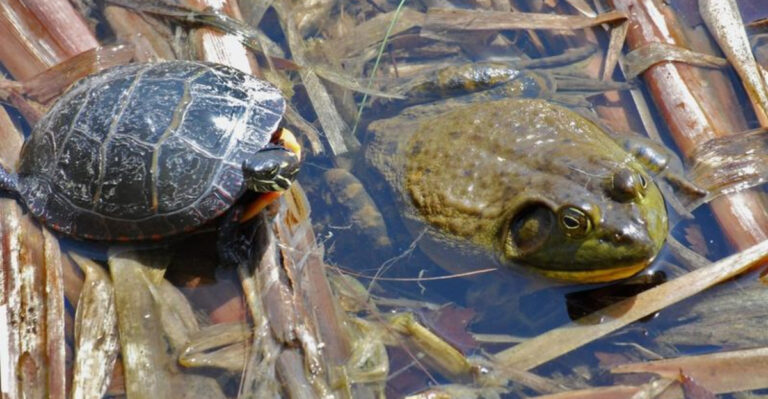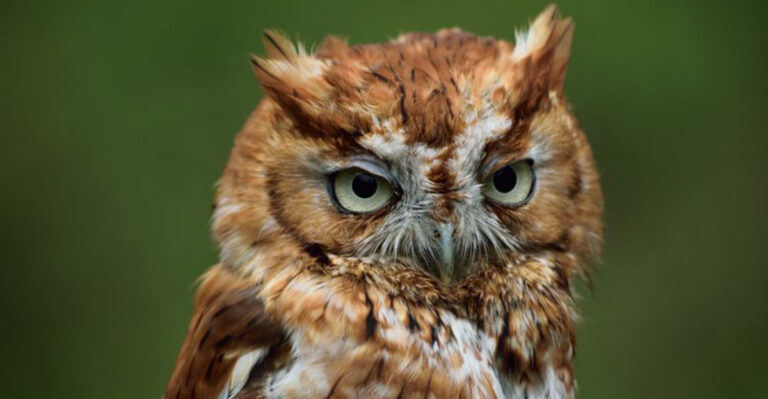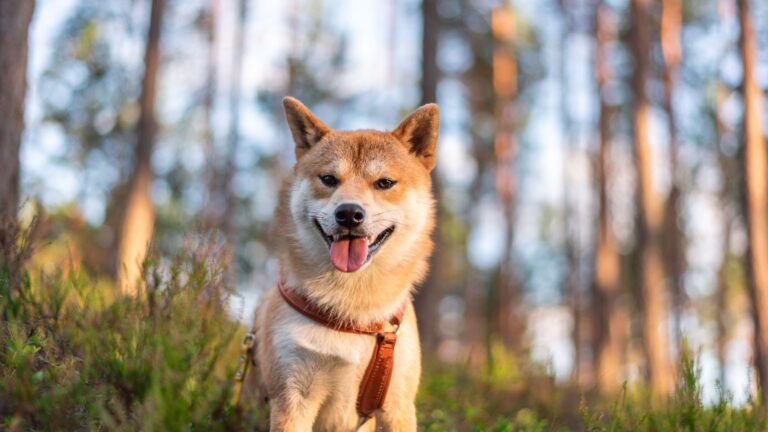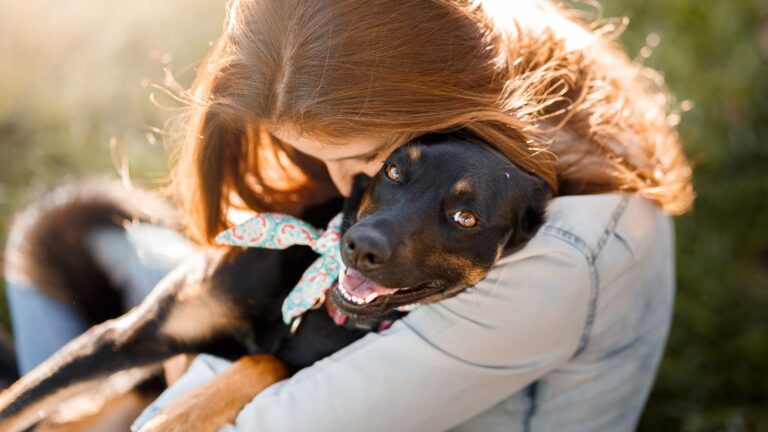12 Signs Your Cat Might Need A Tooth Pulled (Or A Dentist Visit In General)

Our feline friends can’t tell us when they’re experiencing dental pain, making it easy to miss the warning signs of serious tooth problems.
Cats are masters at hiding discomfort, but dental issues can cause significant suffering and lead to more serious health complications if left untreated. Knowing what to look for can help you get your kitty the dental care they need before small problems become big ones.
1. Bad Breath That Makes You Recoil
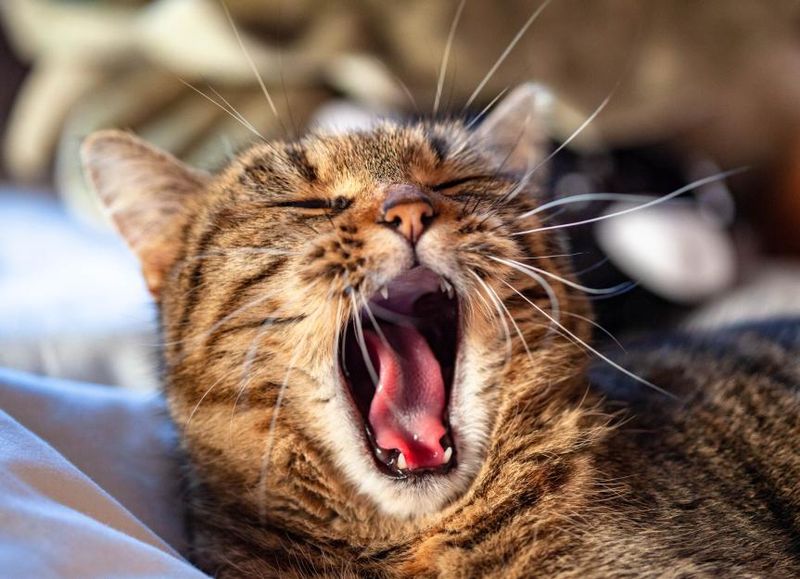
Fishy breath might seem normal for cats, but truly foul odors signal something’s wrong. Bacteria growing on damaged teeth or infected gums produce that unmistakable stink.
Many cat owners mistake bad breath as normal, but it’s actually one of the earliest warning signs of dental disease. If you find yourself turning away when your cat yawns in your face, it’s time for a professional checkup.
2. Pawing At The Mouth Or Face

Cats instinctively try to remove sources of pain. When a tooth hurts, they’ll rub their paw against their face or mouth repeatedly, almost like they’re trying to dislodge something uncomfortable.
This behavior often happens after eating or when pressure is applied to the sore area. Your normally dignified kitty might even shake their head frequently or tilt it to one side when eating to avoid putting pressure on the painful tooth.
3. Drooling More Than Usual

Excessive drool happens when your cat can’t swallow normally due to mouth pain. You might notice wet spots where your cat sleeps or saliva-stained fur around their mouth.
Sometimes the drool contains blood, which is an immediate red flag. While some breeds naturally drool a bit when happy, sudden or increased drooling combined with other symptoms suggests dental issues that need attention right away.
4. One-Sided Chewing
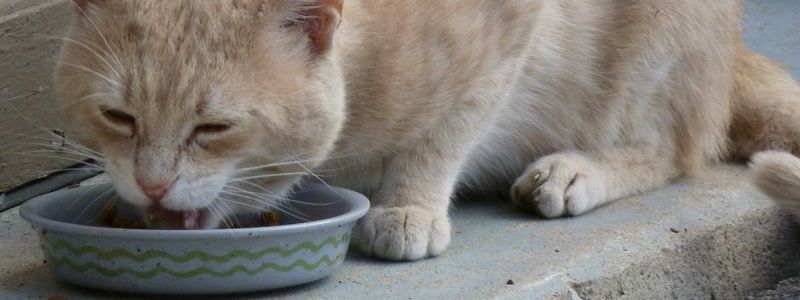
Watch your cat during mealtime. Cats with tooth pain often chew only on one side of their mouth to avoid putting pressure on a painful tooth. They might tilt their head while eating or approach food cautiously.
Food might fall from their mouth as they try to position it away from the sore area. This behavior change is subtle but important, as cats naturally chew evenly when their mouths are healthy.
5. Dropping Food While Eating

Dental pain makes it difficult for cats to keep food in their mouths. You’ll notice kibble scattered around the food bowl as your cat struggles to eat normally.
They might pick up food only to drop it immediately, or cry out when biting something particularly hard. Some cats will even start preferring soft food over kibble suddenly, which is a major clue that something hurts when they chew.
6. Red, Swollen, Or Bleeding Gums

Healthy cat gums should be pink, not angry red or white. Inflamed gums bleed easily and may appear swollen along the gumline where they meet the teeth.
You might spot small amounts of blood in your cat’s water bowl or on toys after they play. Gently lifting your cat’s lip might reveal this inflammation, though many cats resist having their mouths examined when they’re in pain.
7. Visible Tartar Buildup Or Discolored Teeth
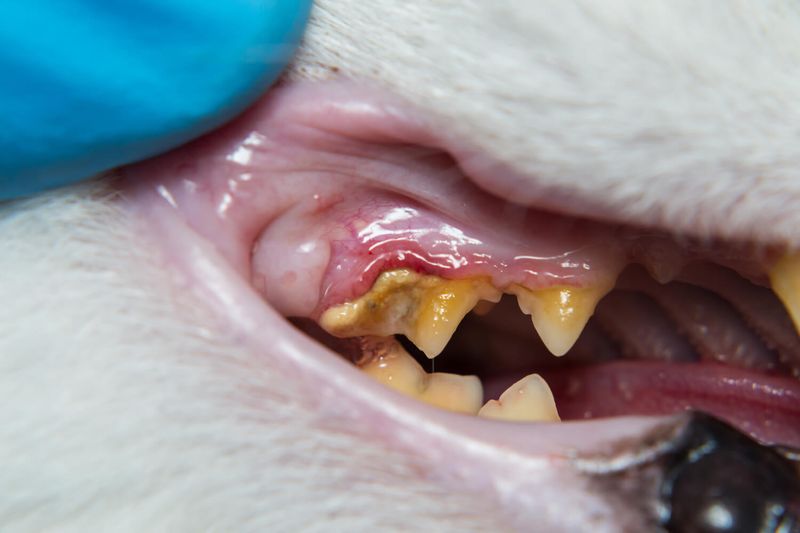
Cat teeth should be white or slightly off-white. Yellow or brown crusty material building up, especially along the gumline, indicates tartar accumulation that harbors harmful bacteria.
Single discolored teeth often signal a dead tooth that needs extraction. Dark spots or pitting on tooth surfaces suggest decay that’s eating into the enamel. These visual changes are easier to spot than many other symptoms.
8. Sudden Weight Loss Or Decreased Appetite
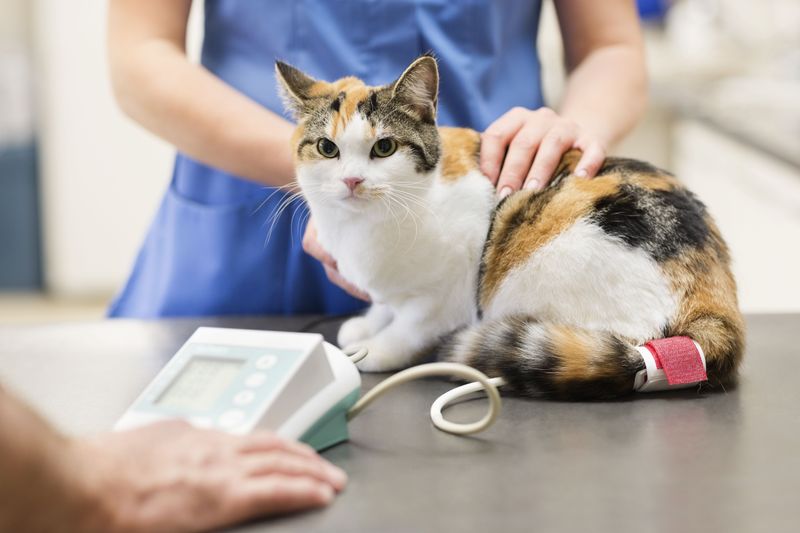
When eating becomes painful, many cats simply eat less. You might notice your cat approaching the food bowl with interest but then walking away without eating much.
Gradual weight loss follows as they consume fewer calories. Some cats hide their reduced appetite by eating only when no one’s watching. Regular weigh-ins can help catch this subtle sign before significant weight loss occurs.
9. Changes In Grooming Habits
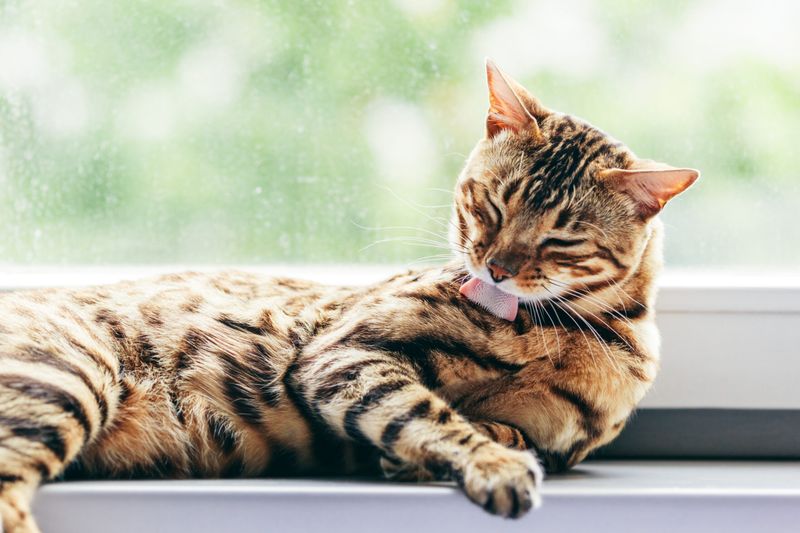
Cats experiencing mouth pain often groom less effectively. Their coat may become matted, greasy, or unkempt, especially around the face and neck area.
Some cats stop grooming entirely when dental pain becomes severe. This happens because grooming requires jaw movement that hurts when teeth are damaged. A normally fastidious cat suddenly looking scruffy is nature’s way of signaling something’s wrong.
10. Behavioral Changes Or Increased Irritability
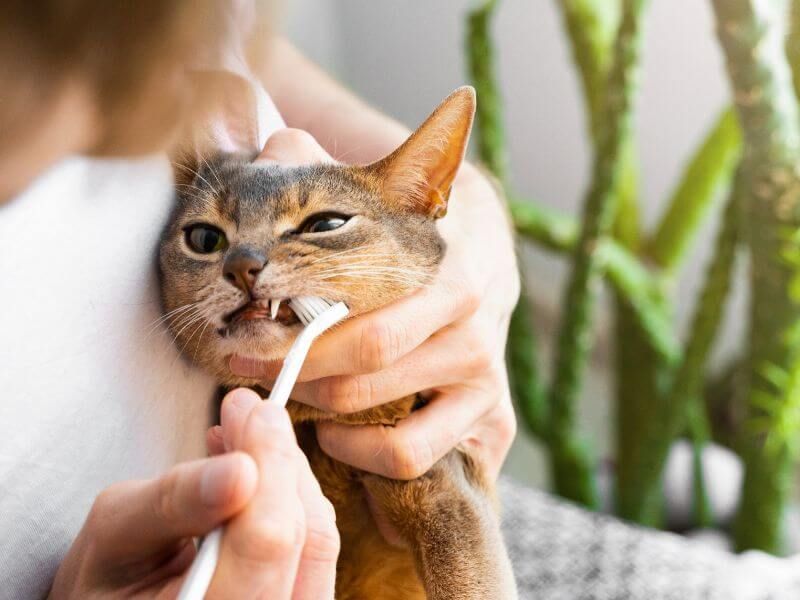
Pain changes personality. Your normally friendly cat might become withdrawn, hiding more often or avoiding handling, especially around their face. Some cats become irritable or even aggressive when touched near their mouth.
They might hiss or swat when you approach their food bowl. These behavioral shifts happen because your cat associates certain interactions with increased pain and tries to protect themselves.
11. Visible Loose, Missing, Or Broken Teeth

Adult cats should have 30 permanent teeth that remain firmly in place throughout their lives. Loose teeth indicate advanced periodontal disease where infection has destroyed the supporting structures.
Broken teeth expose sensitive nerves and require immediate attention. Sometimes you’ll notice a gap where a tooth has fallen out entirely. Any of these conditions warrants a veterinary visit as they cause significant pain.
12. Bumps Or Swelling Along The Jawline
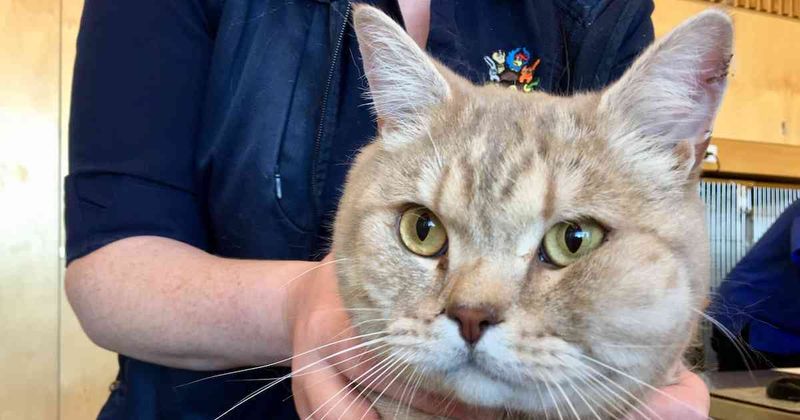
Abscessed teeth often create visible swelling along your cat’s jawline. These painful infections can cause facial asymmetry or bumps you can feel when gently touching your cat’s face.
Sometimes these swellings develop draining tracts, appearing as small holes in the skin where pus discharges. Jaw swelling represents advanced infection that requires immediate veterinary care, as these infections can spread throughout the body.

